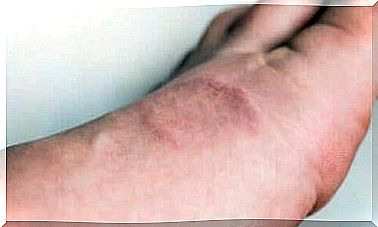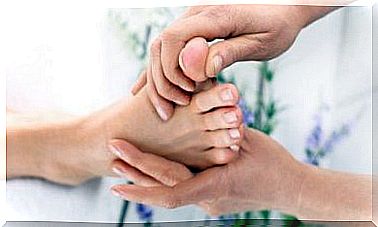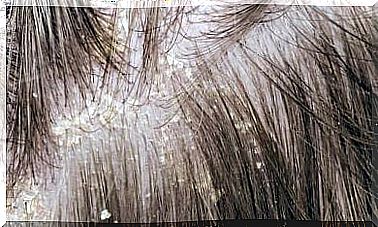How To Remove Children’s Warts?

Children’s foot warts cause headaches among many parents. When they are detected, questions arise such as why they arise, how they become contagious, and how children’s warts can be removed.
The plantar location of warts refers to their location in the plantar region. However, warts can appear on any part of the body. Foot warts are just one form of warts.
A wart is a vaguely shaped pimple that is harder than the rest of the skin. The warts on the foot are often located in the area of the heel or sole of the foot that carries most of the body weight.
Although not a serious illness, warts can still affect a family’s quality of life. The biggest concerns are usually the aesthetics of the warts as well as the child’s reactions to the warts.
Children’s leg warts tend to disappear spontaneously, just as they have appeared. Experts estimate that up to 70% of detected warts disappear on their own within two years without treatment.
Children’s warts and their causes
Children’s warts are caused by the HPV, or human papillomavirus. There are over 100 different types of HPV, but not all of them cause warts on the feet.
Exposing to the virus does not mean that you will definitely get warts. Every body reacts differently to the HPV virus, and even if viral contact occurs, it may not cause warts. This can even be the case among very close family members.
It is very common for children to get the virus by walking barefoot on a floor that has the virus. The floors of swimming pools and swimming pools, as well as bathrooms and changing rooms, are an ideal breeding ground for this virus.
However, this virus does not infect very easily. It requires a certain amount of heat and humidity to increase. If there are small wounds in the body, they are excellent entry channels for the virus through which it can attach to the body.
Once the infection has established, the wart begins to develop slowly. Children’s foot warts can take up to more than a year before they become visible.
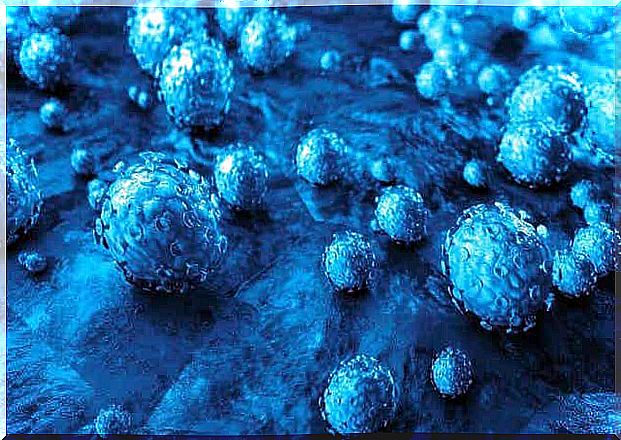
What kind of children’s warts do there exist?
The shape of the wart is similar in most cases. The skin at the wart is elevated, gray or brown in color, and has an uneven surface. However, warts are different.
- Flat warts are small, smooth and lighter in color.
- The philiform warts are thin and long and resemble small fingers. They are often the same color as the rest of the skin.
In addition to the shape of the wart, the symptoms of children’s foot warts can also vary from child to child. Due to the location of the warts, they can cause pain when walking. In rare cases, the warts may become inflamed. The boundaries of warts can be clear, although warts can cause clumps because they are so close together.
In addition to pain, other symptoms that can be caused by children’s warts include:
- Pimples. The wart bulges from the surface of the skin.
- Känsät. The skin of the wart hardens and thickens. This is because the wart also grows inward, even if it is not detected.
- Black spots. The small blood vessels in the area of skin occupied by the wart become blocked due to the wart and HPV. These small blockages can be seen as small black dots on the skin.
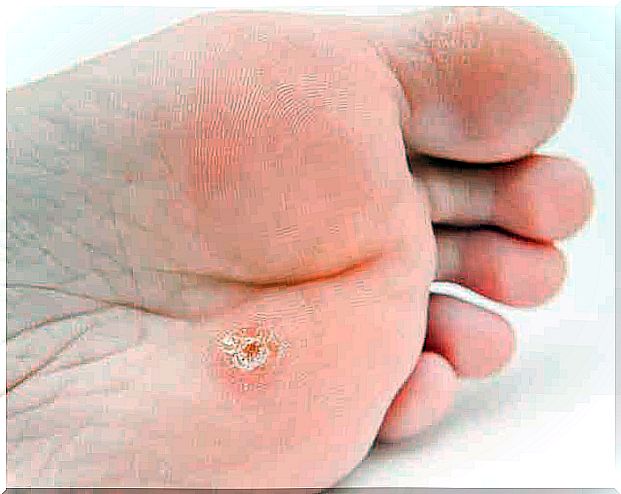
Different treatments
Children’s warts tend to disappear spontaneously. However, if warts are abundant or cause pain or discomfort, there are many options to treat them.
- Local care. Acetylsalicylic acid can be used directly on the wart. This acid helps to destroy the skin layers of the wart, causing them to gradually fall off.
- Freezing treatment. Dermatologists use a special freeze treatment method to remove warts. It often uses liquid nitrogen, which freezes the wart. It is not enough to remove the warts once, it requires several treatments.
- Laser treatment. Laser treatment can be a treatment option for children’s leg warts when other treatments have not worked. There is no complete evidence of the effectiveness of laser treatment and it can be painful. In addition, laser treatment should be given more than once.
- Traditional surgical procedure. Traditional surgeries can also be used to treat warts, but mainly in special cases. Warts can be removed by scraping, cutting or heating. However, these methods leave scars behind.
Final summary
Leg warts arise from one subtype of human papillomavirus. Although warts are not a serious ailment and tend to disappear on their own, parents are often concerned if they occur in a child. Fortunately, there are a variety of treatments that speed up their elimination.
